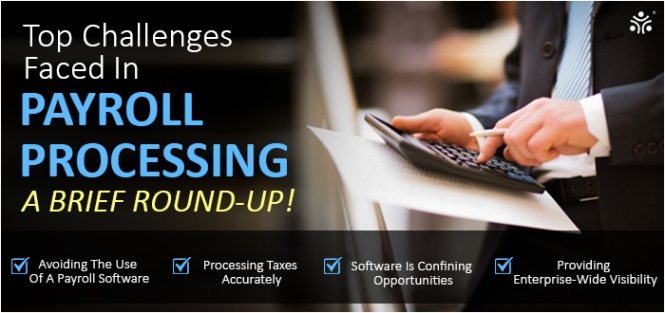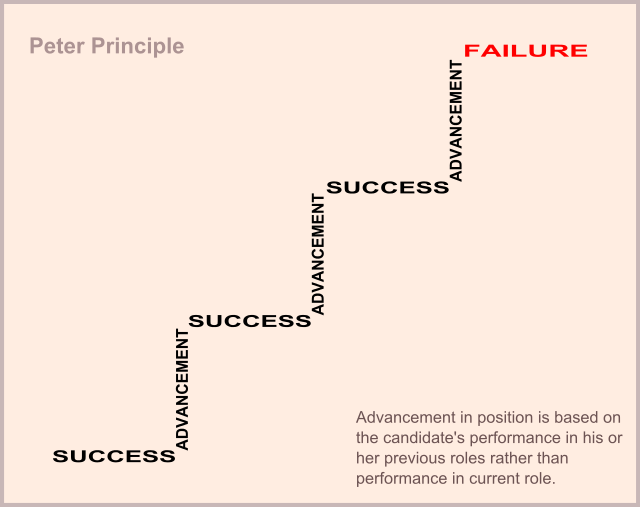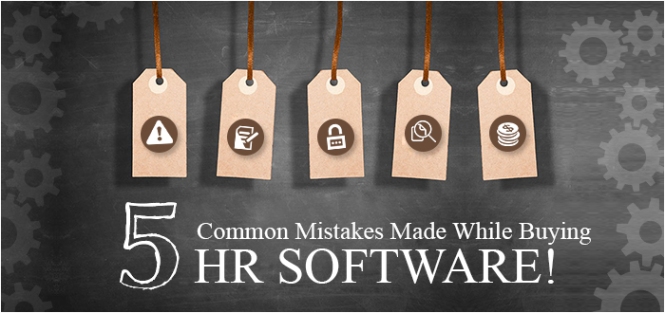Payroll departments manage the most important aspect that comes in between a company and its employees: error-free payments to the employees. In addition to this, payroll serves as a valuable strategic component that helps in understanding the company’s labor costs and overtime trends. But, like any other department, a thorough knowledge and understanding of the key challenges that might occur, is extremely crucial to ensure successful implementation of the core processes. Following are the common challenges that companies are facing while processing payroll in the current era.
- Avoiding The Use Of A Payroll Software : It’s an undeniable irony that, although payroll is one of the most important components of human resource but most of the companies don’t value its importance and keep doing it in the old traditional ways. Most of the organizations still rely on paper processes that make professionals feel burdensome. Thus, using a payroll technology will definitely make the process easier, faster and error-free, thereby freeing-up valuable resources for more strategic tasks.
- Processing Taxes Accurately : Along with processing payroll seriously, it’s important that it is done accurately without any glitches. There has been a continuous pressure on companies of every size to adhere to corporate governance or else be ready to pay heavy penalties for non-compliance. Thus, it is vital that payroll system must comply with regional legal frameworks as well as other industry-specific requirements. Whether you choose to operate payroll in-house by purchasing your own software or outsource it to a third party, payroll tax laws must be mandatorily followed.
- Software Is Confining Opportunities: Usually, business owners don’t pay much attention while selecting a payroll solution for their company, which eventually leaves them with an inefficient tool. These kind of tools lack the integration capabilities with other systems already in use by the organization and this leads to data discrepancy and errors. Thus, it is necessary that adequate controls are guaranteed while processing payrolls and data privacy is kept on high priority.
- Providing Enterprise-Wide Visibility: A comprehensive view of enterprise-wide payroll data is extremely necessary for any company’s accounts managers to perform payroll effectively. This allows HR pros to analyze the data and create reports with minimal issues. But it is estimated that only 39 percent of the companies have this kind of visibility in their organizations. Thus, payroll leaders need to work hard in getting and maintaining this visibility to acquire more sophisticated analytical capabilities.
Implementation of successful global payroll technology is although a challenging task, but if it is done carefully and with the right tools in hand, then an organization can benefit from the enhanced efficiency and better decision making capabilities. TeamWise Payroll provides comprehensive and well-integrated payroll processing technology, which makes it a vital asset to a successful global organization. It helps you streamline all the time-consuming payroll tasks with utmost ease and without any chances of errors. So, overcome all the payroll challenges with the best payroll processing solution and leave your worries behind, for a never like before satisfied workforce, stress-free HRs and definitely a better company future.















